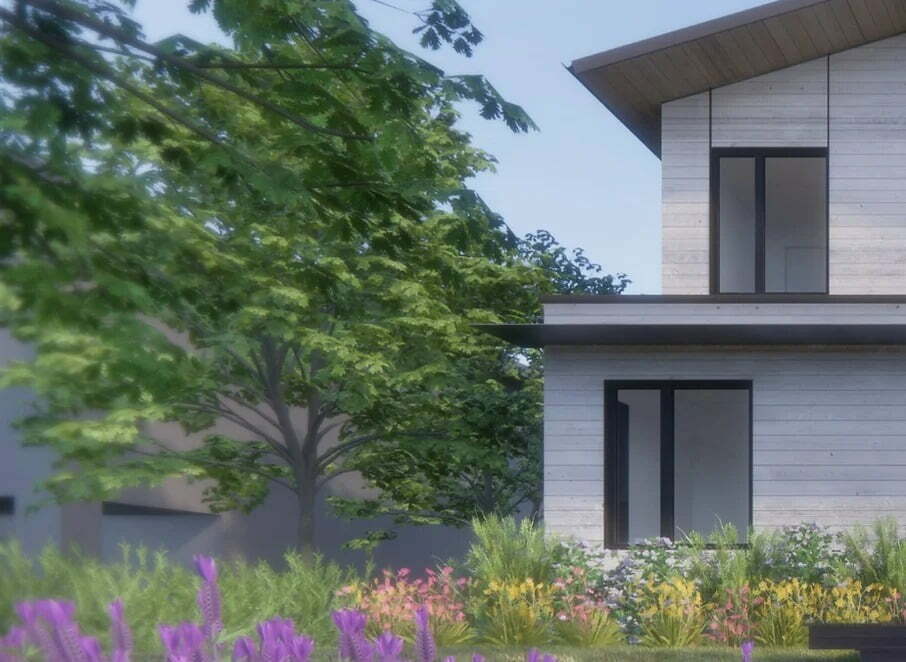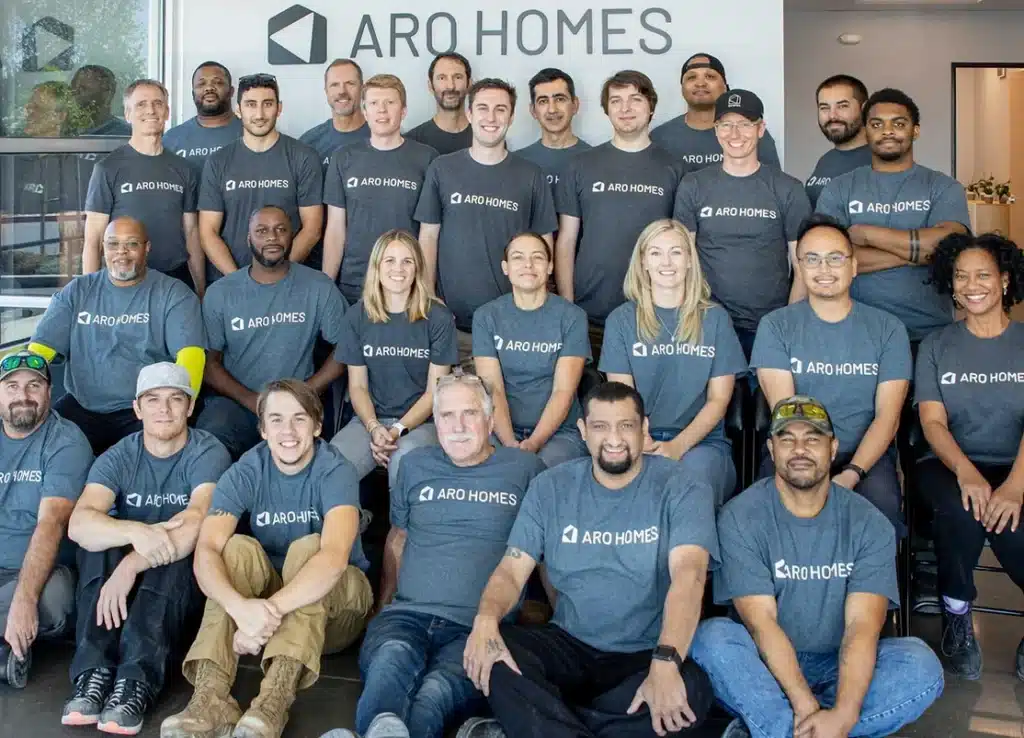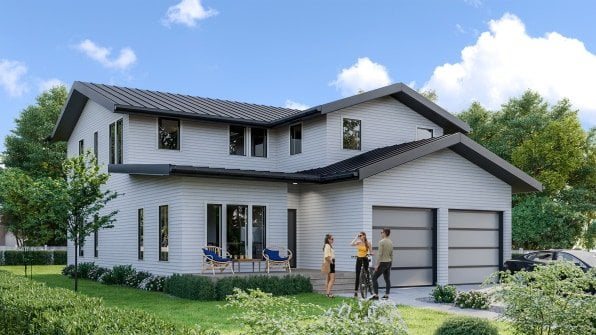Housing produces almost a quarter of all global carbon emissions – Aro Homes aims to make a difference. Its modular homes plan to do this by producing more energy than they consume, cutting water consumption in half and also reducing construction time. And that is it. The cuccagna.
“We quickly realized that residential construction was very inefficient and outdated when it came to sustainability,” he says Carl Gish, co-CEO of Aro Homes and former Amazon and Dyson employee. “There has been some progress in commercial properties and even multifamily homes, but not much has changed in the single-family home market in recent years.”
A net-zero future
The company, which today announced $ 21,1 million in funding raised, is the first to be incubated by Innovation Endeavors, the venture capital firm co-founded by Eric Schmidt. The former CEO of Google (no stranger to incredible feats like Rise) was plumbing construction technologies and had not found truly transformative businesses. And so he decided to support a startup that had a proposal to solve the problem.

What does Aro Homes do?
Essentially, Aro starts by using software to identify properties where you can build. Among the factors considered, the orientation of the land with respect to sunlight, the presence of trees that provide shade and other factors that can influence energy consumption and production. At that point he buys land, old and dilapidated houses, demolishes them and replaces them with modular houses capable of producing more energy.
How much? A lot. Electric heat pumps and electric fireplaces will keep them warm; insulation, efficient windows and low-voltage LED lights will save energy. Solar panels and batteries will collect, store, and provide more energy than homes use. Modular homes are also designed to recycle water used in toilets.
The only flaw: for now the modular houses are all standard and not customizable. Does anyone care?

Modular homes and energy
Aro Homes' modular homes will be partially built in a manufacturing facility, then completed on site, starting with a 280 square meter (3.000 square foot) 4-bedroom design. Modular building can reduce material waste in the construction process as well, and reduce the process of building a house from 18 months to 3 months.
A market that will transform construction: this is why Aro is not the only company in the modular homes sector. Plant Prefab, supported by Amazon, does the same thing. Mighty Buildings uses 3D printing in its factories to make zero-emission modular homes.
Aro, however, seems ahead of the others: it has just started operating in its first factory in Sacramento, California, and will finish its first modular homes in the Silicon Valley area at the beginning of 2023. But how much will they cost?
“Initially it will be difficult to obtain affordable prices. But we believe that once this platform is built we will be able to build modular homes faster and more affordably than ever before.”


